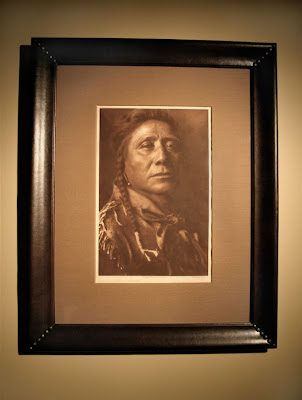Edward S. Curtis
February 19, 2008

This process began in 1897 with his first exhibit in 1904. The first nine years of his work were self-financed until he met President Theodore Roosevelt who introduced him to J.P. Morgan. All told Morgan and his estate contributed half of the total $1,500,000 cost of Curtis' life work. Curtis focused on the Native Americans west of the Mississippi beginning in the southwest with the Apache, Jicarilla, and Navajo. He tried to participate in the daily life of the tribes he photographed, and in 1922 he became a Snake Priest in the Hopi Snake Ceremony.
Curtis and his assistant W.E. Myers documented over 10,000 native songs as well as biographical studies such as Crow Bull Chief's tracing Crow history through ten chiefs. He studied the Little Big Horn Battlefield with three Crow scouts who guided Custer's command and interviewed Sioux participants about their memories of the battle. What became a thirty year project and included the study of over eighty tribes, yielded 40,000 photographs, a twenty volume set of books with 500 editions entitled "The North American Indian" each with 300 pages and a total of 1500 photogravure prints. Each volume also had an accompanying portfolio of 36 or more copperplate photogravures totaling 722 plates.
Curtis died in 1952 at the age of 84 with little acclaim and nearly penniless, but he succeeded in capturing images of a way of life drastically changing by the time he completed his work in the 1930's.
Four Winds Gallery is lucky to still have in it's collection two goldtones, over 60 signed original platinum prints, over 100 portfolio gravures and over 100 volume gravures. Please see our web site for information or contact us.








0 comments